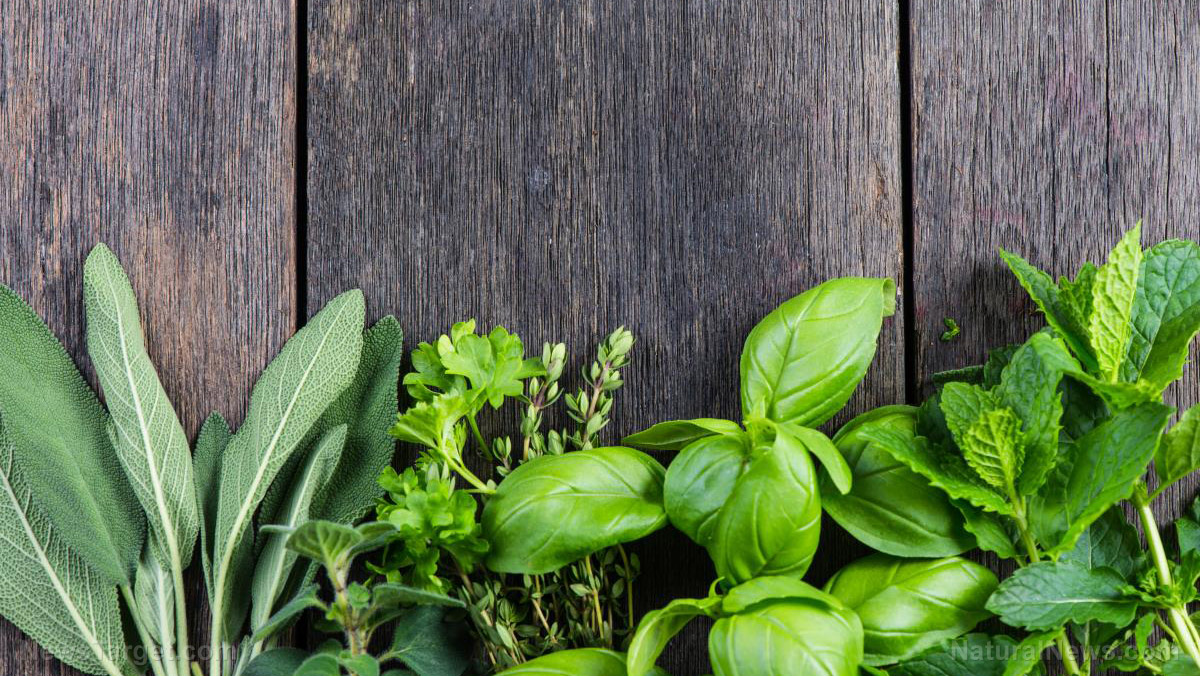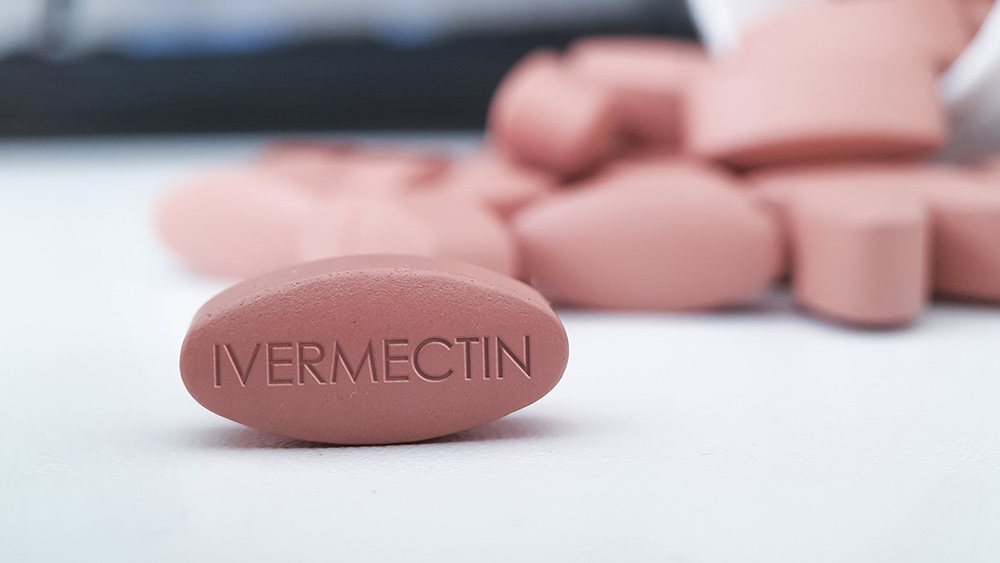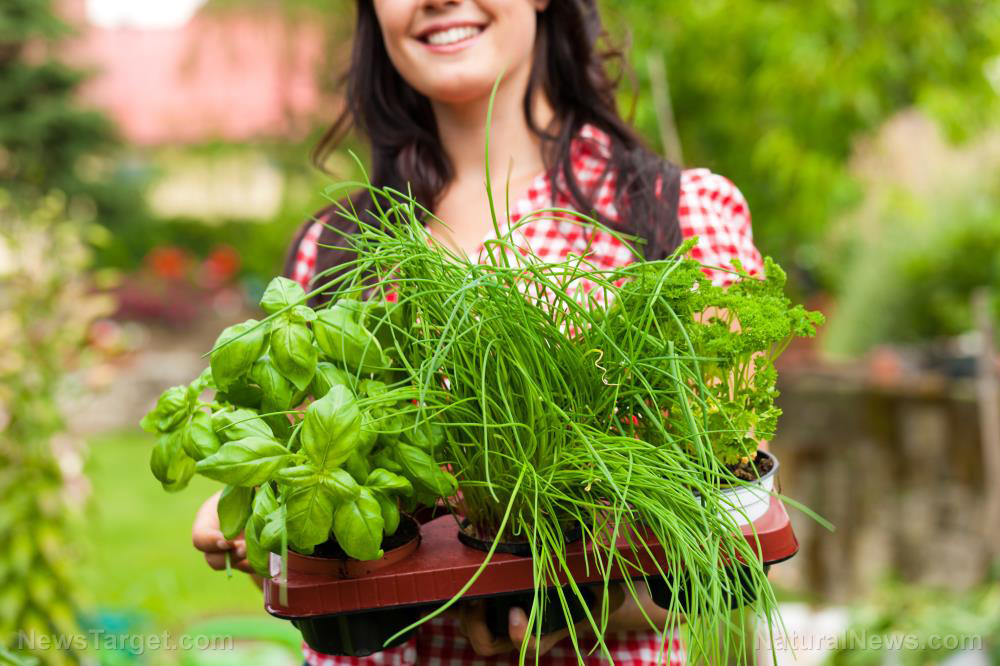
Dyer's woad (Isatis tinctoria) is a versatile weed used to make beautiful and natural dyes for yarn. The weed is also used to make home remedies that can treat various health issues like cold, flu and even chickenpox. (h/t to PrepSchoolDaily.Blogspot.com)
What is dyer's woad?
Isatis or dyer's woad is a plant used to make natural dyes for yarn. When processed properly, it yields an exquisite deep indigo dye.
Dyer's woad is easy to grow but many people consider it a troublesome weed. The weed is native to Europe and Asia, but it is seen as an invasive plant in the U.S.
If you're worried about the weed overtaking your home garden, you can harvest it by foraging in the wild.
Note that if you want to grow dyer's woad in your garden, you have to make sure that it doesn't spread out of designated beds. The plant is a hardy biennial plant that grows in Zones 6 through 9. Woad will grow easily in beds and doesn't require much care.
You can use any type of soil to grow dyer's woad if it drains well. Throughout summer, the herb bears small, yellow flowers that attract pollinators.

How to grow dyer's woad
To grow dyer's woad in your home garden, you first need to gather seeds from a dead plant.
After the final frost date, sow the woad seeds where you want them to grow. Check on the seeds and remove any weeds. Rake the bed until the soil is light and fine.
Plant woad seeds at least two to four inches deep and 18 inches apart in rows spaced at one- to two-foot intervals. Water the plant regularly and remove competing weeds to keep dyer's woad healthy.
Prevent self-seeding by removing the flowers when they start to fade but before they develop seed pods. First, sterilize your pruning shears with a cloth soaked in rubbing alcohol. Next, prune woad stems at their base. Throw away the stems and re-sterilize the shears.
Woad looks similar to an edible relative veggie, broccoli. The weed propagates and self-seeds easily and requires sun. It will thrive from sea level to 7,000 feet.
Considered a broad-spectrum antiviral, woad potentiates viral vaccines and stimulates your immune system. It is recognized as a pharmacopoeial plant in Europe in 2011.
As an antiviral, dyer's woad can help your body fight off certain viruses that cause diseases. Woad may prevent you from getting sick or from spreading a virus to others.
Before SHTF, grow it in your home garden so you have access to a potent, natural antiviral. (Related: Prepper medicine: How to use parsley, a versatile medicinal herb.)
How to harvest dyer's woad
Dyer's woad leaves and roots are used differently. Harvest and store them separately.
Harvesting the leaves
Gather dyer's woad leaves from first season and second season plants before flowering. Note that some of the active constituents become more powerful after heat drying at 100 F.
Store dried woad leaves in airtight containers in a dark room. The leaves should last several years.
Harvesting the roots
Harvest dyer's woad roots in the fall of the first year or the following spring. Wash the fresh roots, then slice them thinly.
Spread out the sliced roots to dry in a warm area out of the sun. Once dried, store woad roots in plastic. Dried woad roots will last for several years.

How to make home remedies using dyer's woad
Home remedies made with the herb use only the leaves and roots for decoctions or tinctures. Tinctures can be used alone, but it's better to use them in combination with other tinctures.
The weed's roots are better for chronic conditions and are more antibacterial in their effect.
Woad leaves have powerful antiviral effects. Additionally, woad leaves are best for acute conditions.
Only use dry leaves for tinctures. When using hard water, add one tablespoon of vinegar to the water to help extract the alkaloids.
Using the root
Use 10 to 30 grams of the root (1/3 to one ounce) boiled for 30 minutes. Consume one cup thrice a day for a maximum of three weeks.
Using the leaf
Use 60 to 120 grams of dried woad leaves boiled in water for 30 minutes. Consume one cup thrice a day.
Dyer's woad tincture
Combine dried leaves and roots in a 2:1 ratio of leaves to roots with a 1:5 ratio in 25 percent alcohol.
Boil the leaves and roots, then set aside to steep until cool. Add the alcohol after the mixture cools down.
Take one teaspoon of the tincture up to 10 times per day.
Using dyer's woad decoction and tincture
Use remedies made with dyer's woad to treat the following:
Bacteria:
- Clostridium difficile
- Escherichia coli (water extract of woad root)
- Salmonella spp.
- Staphylococcus aureus (water extract of woad root)
- Streptococcus spp. (water extract of woad root)
- Toxoplasma gondii
Fungi:
- Aspergillus niger
- Candida albicans
Viruses:
- Adenoviruses
- Avian infectious bronchitis
- Chickenpox, shingles
- Cytomegalovirus
- Hemorrhagic fever with renal syndrome
- Hepatitis B
- Herpes simplex
- Human adenovirus Type 3
- Influenza A and B (H1N1, H6N2, H7N3 and H9N2)
- Japanese encephalitis
- Measles
- Meningitis (enterococcal)
- Mumps and rubella
- Severe acute respiratory syndrome (SARS)
Dyer's woad is very effective against gram-negative bacteria, which release endotoxins from the outer wall of the bacteria when they die. Use dyer's woad to cure systemic infections with gram-negative bacteria if you're worried about endotoxin release.
You can also use a dyer's woad decoction or tincture to treat the following conditions:
- Cardiovascular diseases
- Dengue
- Diphtheria (root)
- Ebola
- Infectious mononucleosis (root)
- Malaria
- Measles
Gastrointestinal conditions:
- Gastroenteritis (leaf decoction)
- Heartburn
- Hepatitis, viral (leaf decoction, root)
- Jaundice
- Radiation induced mucositis (root decoction)
- Typhoid
Respiratory conditions:
- Asthma (leaf)
- Colds (leaf)
- Cough
- Fever (leaf)
- Influenza (leaves)
- Laryngitis (leaves)
- Pseudomonas aeruginosa (tincture, one teaspoon, taken six times per day)
- Scarlet fever (root)
- Sore throat (leaves, root)
- Tonsillitis
- Viral pneumonia (leaf decoction)
Grow dyer's woad at home or forage for leaves and roots that you can use to naturally treat colds, flu or severe conditions like chickenpox or measles.
Sources include:
Please contact us for more information.





















